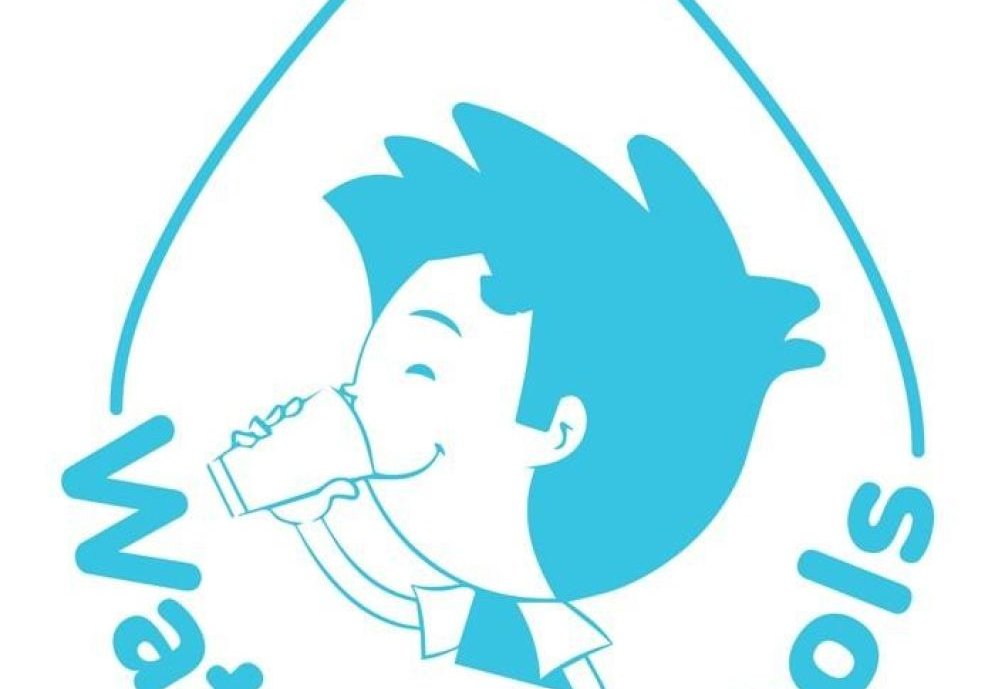

Waterschools
Project summary
A whole school approach to reducing plastic bottles.
Learning outcome
Students will
- experience, in everyday school life, that they can manage without plastic.
- get used to drinking tap water.
- experience self-efficacy and group spirit.
Time required
Ongoing action during school time
Tools or equipment
European initiative Waterschools with lots of resources: waterschools.eu
Activity description
Over 400 million tonnes of plastic are produced worldwide every year. Packaging accounts for a third of all plastics produced. The widespread use of plastic bottles began in 1978 when Coca-Cola started replacing glass bottles with plastic ones. Today, 1 million plastic drink bottles are sold worldwide every second. Plastic bottles are common in many schools, but they are banned at Waterschool, where tap water is consumed.
It’s easy to become a Waterschool.
Just follow these 4 simple steps:
1. Decide to become a 'WaterSchool'.
- Teachers, head teachers, parents, and students: Whoever wants to promote a healthier drinking culture and reduce plastic waste in school should start the conversation.
- Talk to school management, colleagues, and parent-teacher representatives about the topic.
- Prepare convincing arguments.
- Decide to become a Waterschool and set a date for implementation.
2. Preparatory work to become a Waterschool.
A few preliminary steps are necessary:
- Ensure the availability of water (ideally in all classrooms).
- If needed, contact the water supplier or school carrier to confirm water quality.
- Organise drinking facilities (bottles, glasses, cups) for the pupils/students
3. Implementation – Action plan.
Students often forget to drink. To help them drink enough, they need reminders. Possible activities include:
- Launch drinking rituals in schools.
- Use nudging strategies to remind students to drink water.
- Inform and involve parents.
- Include the topic in lessons.
4. Quality assurance
Schools are constantly changing: new teachers, leadership changes, new projects that require attention. Occasionally, for example during a conference, check if tap water drinking behavior is still being practiced at your school.
Waterschool Check:
- Pupils/students drink tap water at school.
- Pupils/students have a bottle/cup.
- Pupils are reminded to drink water.
- Water drinking is allowed during lessons, and drinking breaks are provided.
- Teachers drink water in class (role models).
- Drinking water is encouraged during meals (e.g., by setting water jugs).
- Waterschool is embedded (e.g., in the school profile, house rules, or mission statement).
- Parents are informed about Waterschool .
Tips how to implement the topic to school curriculum
Nature: Gathering and presenting information on the benefits of drinking water
Language: Collecting and comparing arguments
All subjects: Improving health skills, organisational skills and presentational skills
